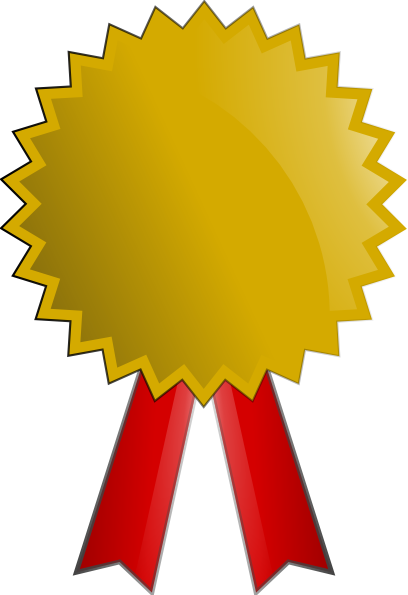Team:ETH Zurich
From 2013.igem.org
(Difference between revisions)
| Line 28: | Line 28: | ||
</li> | </li> | ||
| - | <li><b><br>From Minesweeper to Colisweeper </b><br><br> Mines secrete the signaling molecule AHL which diffuses through the agar and is processed by neighboring non-mine colonies. High-pass filters were constructed to control the expression of different orthogonal | + | <li><b><br>From Minesweeper to Colisweeper </b><br><br> Mines secrete the signaling molecule AHL which diffuses through the agar and is processed by neighboring non-mine colonies. High-pass filters were constructed to control the expression of different orthogonal hydrolase enzymes in non-mines. Promoters that serve as high-pass filters were tuned to express hydrolases depending on the concentration of the AHL molecules from the surrounding mines. The colors yellow, salmon and magenta corresponds to zero, one and two mines around a colony. Additionally, the mines express their own hydrolase which when added with the multi-substrate gives blue color. The genomic expression of <i>lacZ</i> enables the flagging of both mines and non mine colonies turning the colonies green. |
</li> | </li> | ||
<li><b><br>Hydrolase Reactions</b><br><br> As a reporter system we use a set of orthogonal hydrolases: alkaline phosphatase (<i>phoA</i>), β-galactosidase (<i>lacZ</i>), acetylesterase (<i>aes</i>), β-N-Acetylglucosaminidase (<i>nagZ</i>) and β-glucuronidase (<i>gusA</i>). Each hydrolase can react with its respective substrate within minutes resulting in a fast, colorful output. Quick response times and the ability to read the output without using instruments are essentials for a fast gameplay.</li> | <li><b><br>Hydrolase Reactions</b><br><br> As a reporter system we use a set of orthogonal hydrolases: alkaline phosphatase (<i>phoA</i>), β-galactosidase (<i>lacZ</i>), acetylesterase (<i>aes</i>), β-N-Acetylglucosaminidase (<i>nagZ</i>) and β-glucuronidase (<i>gusA</i>). Each hydrolase can react with its respective substrate within minutes resulting in a fast, colorful output. Quick response times and the ability to read the output without using instruments are essentials for a fast gameplay.</li> | ||
Revision as of 21:05, 26 October 2013
 "
"















